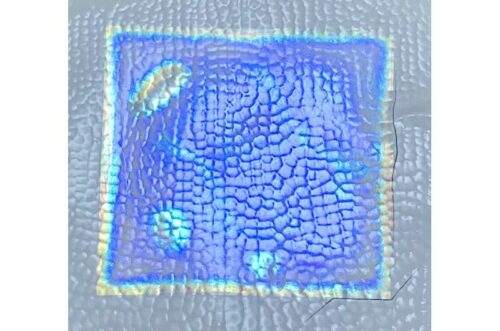Researchers have developed a plant-based film that gets cooler when exposed to sunlight and comes in a variety of textures and bright, iridescent colors.

Air Conditioners require large amount of energy and can leak potent greenhouse gases. But as the cold blast of A/C hits a cool welcoming breeze, it has become a need to tackle the soar heat. However, there is no alternate solution to meet the need and even tackle the greenhouse problem.
A team of researchers have developed an eco-friendly alternative–a plant-based film that gets cooler when exposed to sunlight and comes in a variety of textures and bright, iridescent colors. The material could someday keep buildings, cars and other structures cool without requiring external power.
Passive daytime radiative cooling (PDRC) is the ability of a surface to emit its own heat into space without it being absorbed by the air or atmosphere. The result is a surface that, without using any electrical power, can become several degrees colder than the air around it. When used on buildings or other structures, materials that promote this effect can help limit the use of air conditioning and other power-intensive cooling methods.
Some paints and films currently in development can achieve PDRC, but most of them are white or have a mirrored finish. But there’s a way to achieve color without the use of pigments. Soap bubbles, for example, show a prism of different colors on their surfaces. These colors result from the way light interacts with differing thicknesses of the bubble’s film, a phenomenon called structural color.
Part of Vignolini’s research focuses on identifying the causes behind different types of structural colors in nature where researchers found that cellulose nanocrystals (CNCs), which are derived from the cellulose found in plants, could be made into iridescent, colorful films without any added pigment. Cellulose is also one of the few naturally occurring materials that can promote PDRC.
Reference : ACS Spring 2023: Structurally colored radiative cooling cellulosic films, www.acs.org/meetings/acs-meetings/spring-2023.html








